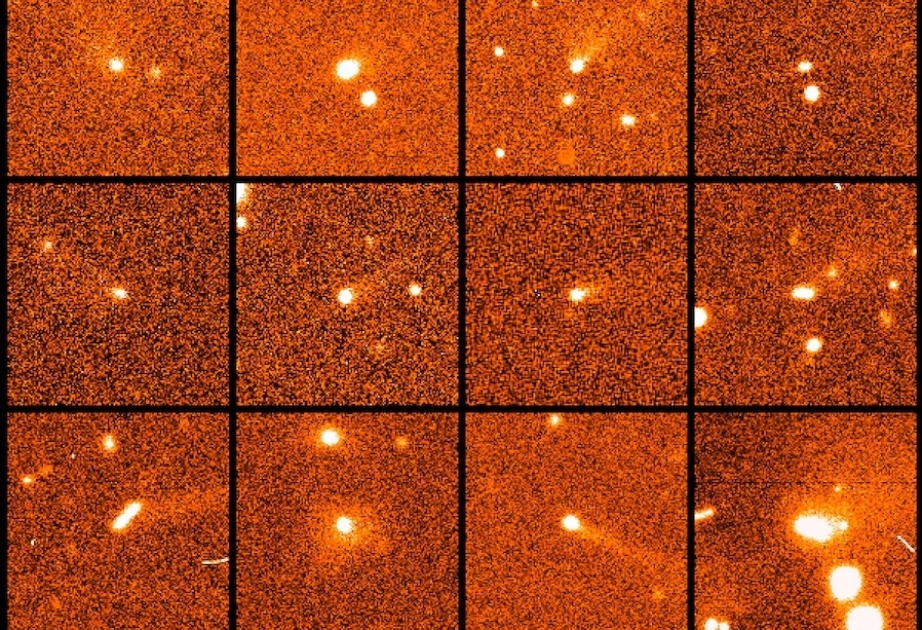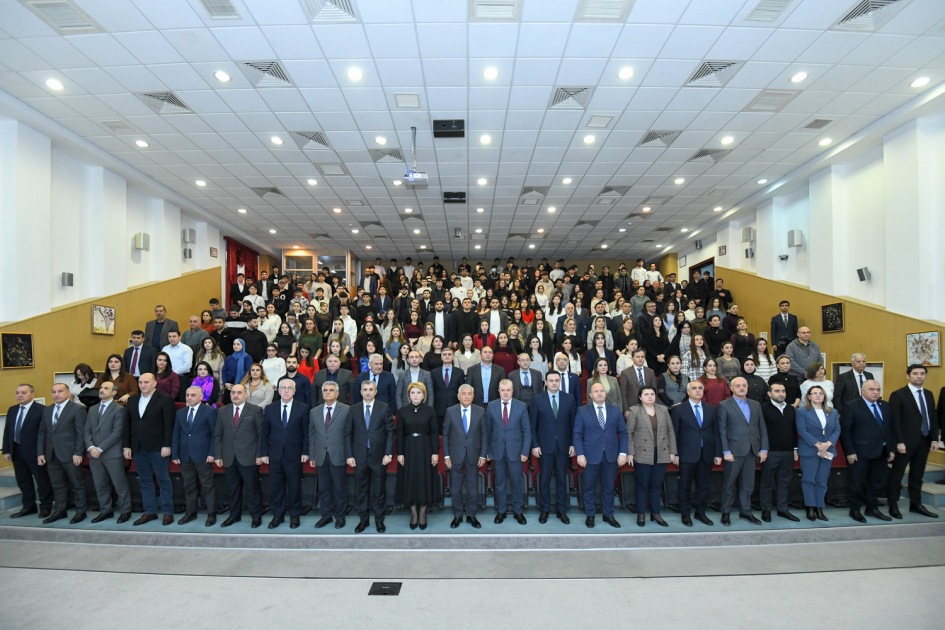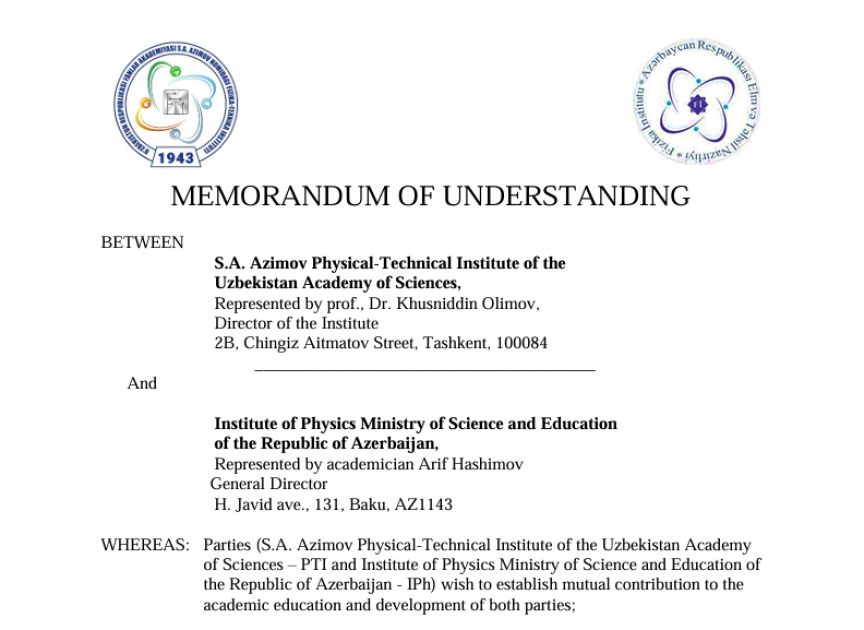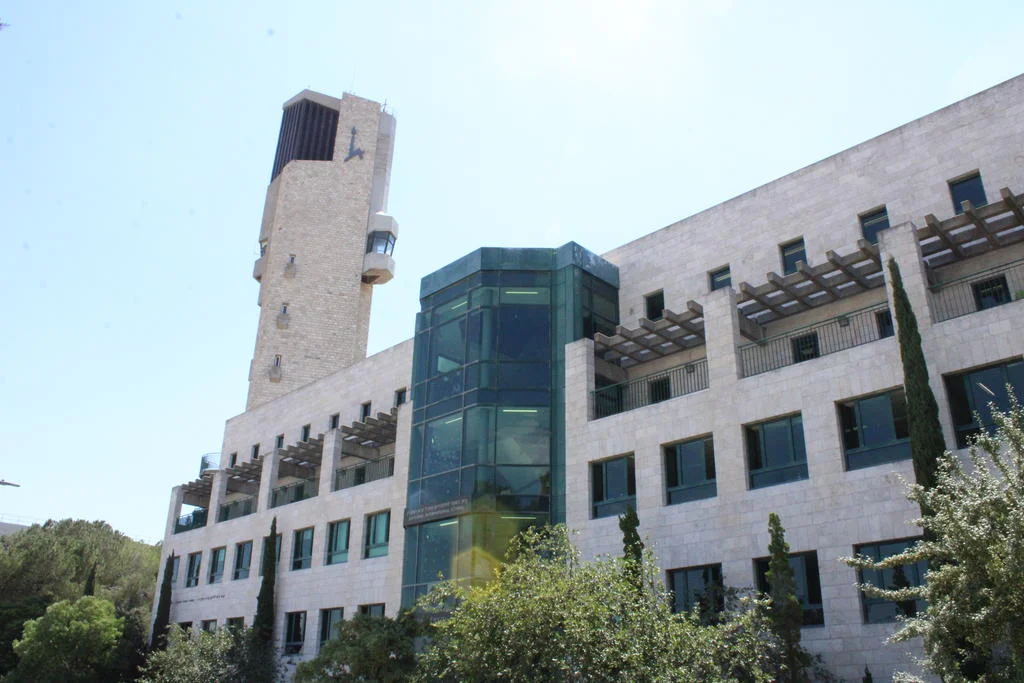Some extraordinary asteroids have “activity”—comet-like tails or envelopes of gas and dust, according to NASA. NASA’s Active Asteroids project announced the discovery of activity on fifteen asteroids, challenging conventional wisdom about the solar system.
To find these fifteen rare objects, more than 8000 volunteers combed through 430,000 images from the Dark Energy Camera (DECam) on the Victor M. Blanco telescope in Chile. A paper about the results, now published in the Astronomical Journal, includes nine volunteers among the co-authors.
“For an amateur astronomer like me it's a dream come true.” said volunteer Virgilio Gonano from Udine, Italy. “Congratulations to all the staff and the friends that also check the images!”
Studying these rare active asteroids teaches scientists about the formation and evolution of the solar system, including the origins of water here on Earth. These objects may also aid future space exploration because the same ices that cause comet-like tails can power rockets or provide breathable air.
“I have been a member of the Active Asteroids team since its first batch of data,” said volunteer Tiffany Shaw-Diaz from Dayton, Ohio. “And to say that this project has become a significant part of my life is an understatement. I look forward to classifying subjects each day, as long as time or health permits, and I am beyond honored to work with such esteemed scientists on a regular basis.”
The Active Asteroids project was founded by Dr. Colin Orion Chandler, a LINCC Frameworks project scientist at the University of Washington and DiRAC Institute.

















